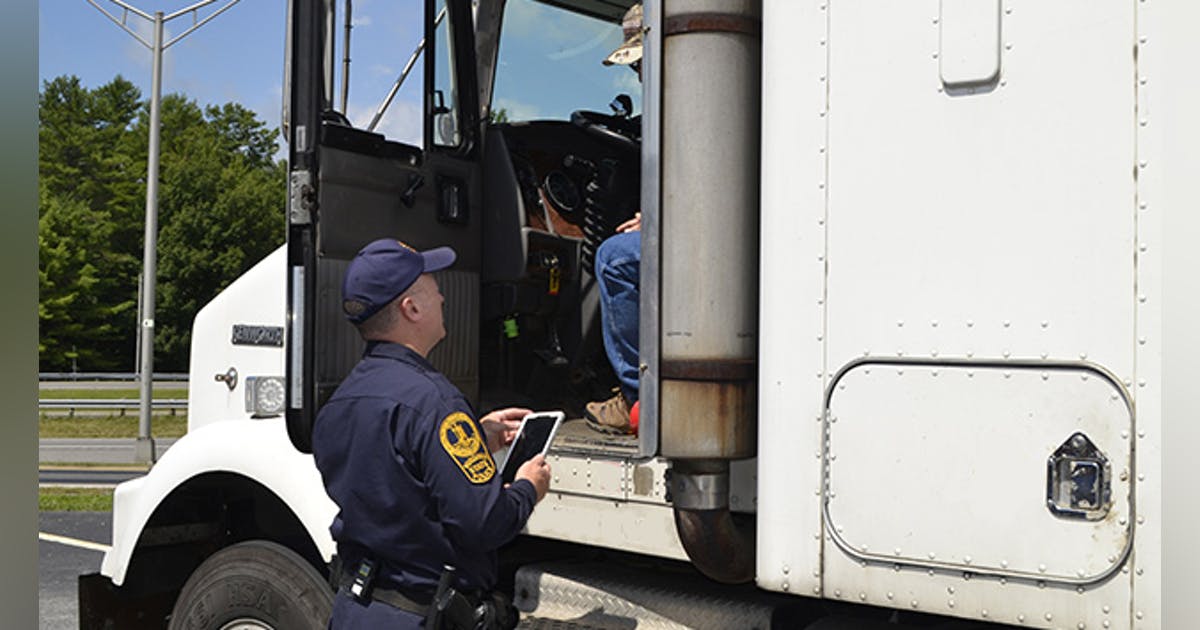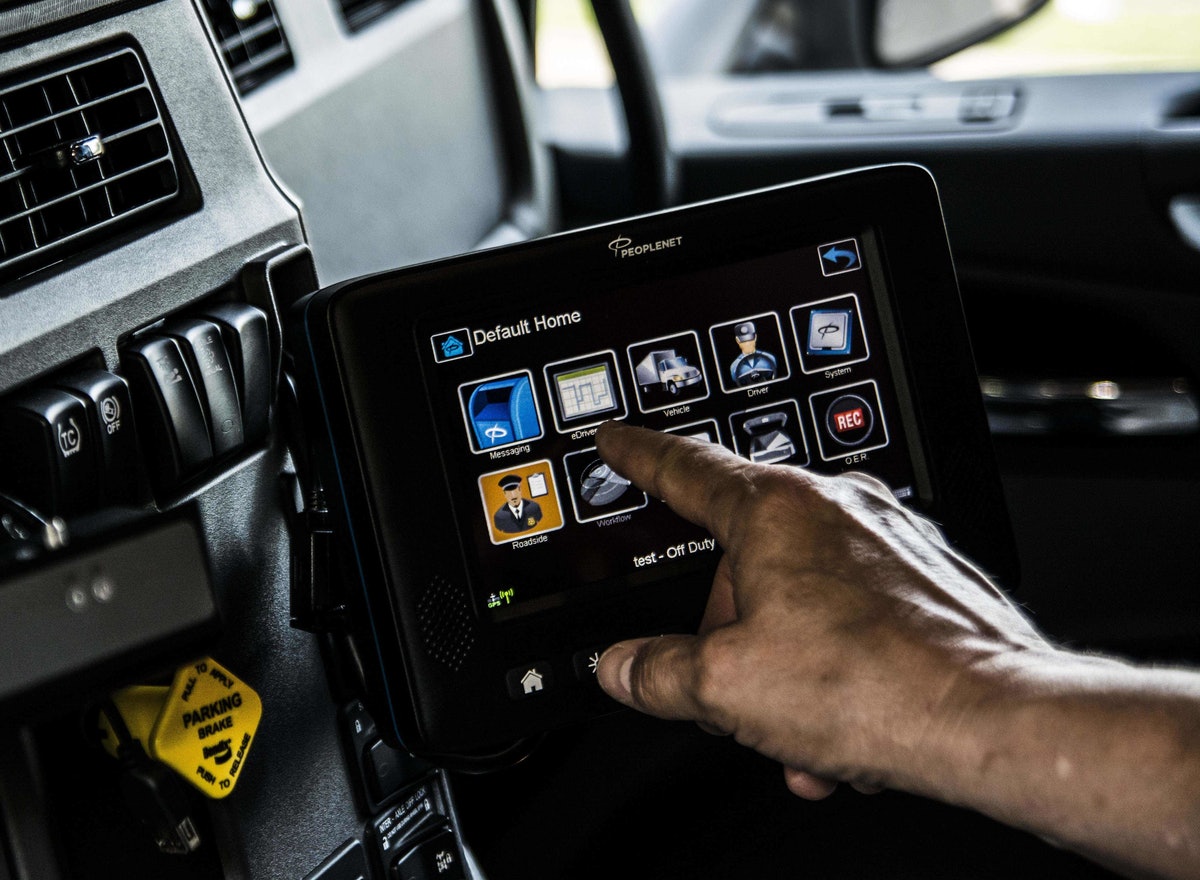The Commercial Vehicle Safety Alliance has announced this year’s International Roadcheck dates as May 17th-19th with a focus on wheel ends.
Roadcheck is a 72-hour high-visibility, high-volume commercial motor vehicle inspection, and enforcement initiative. Commercial motor vehicle inspectors in Canada, Mexico, and the U.S. will conduct North American Standard Inspections of commercial motor vehicles and drivers at weighing and inspection stations, on roving patrols, and at temporary inspection sites.
Each year, CVSA focuses on a specific aspect of a roadside inspection. This year, the focus will be on wheel ends. Wheel end components support the heavy loads carried by commercial motor vehicles, maintain stability and control, and are critical for braking. Violations involving wheel-end components historically account for about one-quarter of the vehicle out-of-service violations discovered during Roadcheck, and past Roadcheck data routinely identified wheel-end components as a top 10 vehicle violation.
Driver requirement inspections
During the inspection, inspectors will collect and verify the driver's documents, identify the motor carrier, check the driver's license and record of duty status, and review periodic inspection reports. If applicable, the inspector will also check the driver's medical examiner certificate, medical variance documents, and daily vehicle inspection report. Other driver-focused categories include seat belt use, sickness or fatigue, and alcohol and/or drug possession or impairment.
Driver requirements and vehicle mechanical fitness are the two primary parts of a North American Standard Level I Inspection, a 37-step procedure. A third part, hazardous materials/dangerous goods, may also be part of a Level I inspection if applicable.
Prepare drivers for Roadcheck
Inspections are conducted every day of the year across North America, but drivers should realize that the risk of being stopped will increase during Roadcheck.
Inspectors will primarily be conducting the North American Standard Level I Inspection, which is the most thorough roadside inspection. It is a 37-step procedure that includes an examination of both drivers operating requirements and vehicle mechanical fitness. Drivers are required to provide items such as their driver’s license, hours-of-service documentation, motor carrier registration, and shipping documentation, and inspectors will be checking drivers for seat belt usage and the influence of alcohol and/or drugs. The vehicle inspection includes checking items such as the brake systems, cargo securement, coupling devices, driveline/driveshaft, exhaust systems, frames, fuel systems, lighting devices (required lamps), steering mechanisms, suspensions, tires, van and open-top trailer bodies, wheels, rims and hubs, windshield wipers, and emergency exits (on buses).
Mobile 3G Shutdown Might Affect ELD Compliance
The Federal Motor Carrier Safety Administration is warning motor carriers that mobile telecommunications carriers are scheduling shutdown of their 3G mobile service networks to make room for more advanced 5G networks. As a result, many older cell phones and other mobile devices will be unable to use data services.
According to the FMCSA, once a 3G network is no longer supported, it is highly unlikely that any ELDs that rely on that network will be able to meet the minimum requirements established by the Electronic Logging Device Technical Specifications, including recording all required data elements and transferring ELD output files.
Therefore, any ELD that requires 3G cellular connectivity to perform its functionality will no longer be in compliance with the technical specifications in the ELD rule after the 3G network it relies on is sunset. When in an area that does not support 3G, a 3G device will register a malfunction. In accordance with 49 CFR 395.34, the carrier has 8 days to get the malfunction resolved, in this case by replacement, unless an extension is granted.
The announced sunset dates are below (dates are subject to change). These are dates for completing the shutdowns. Mobile carriers are planning to retire parts of their networks sooner.
AT&T 3G: February 22, 2022
Sprint 3G (T-Mobile): March 31, 2022
Sprint LTE (T-Mobile): June 30, 2022
T-Mobile 3G: July 1, 2022
Verizon 3G: December 31, 2022
Note: Many other carriers, such as Cricket, Boost, Straight Talk, and several Lifeline mobile service providers, utilize the AT&T, Verizon, and T-Mobile networks.
FMCSA is aware of this issue and will consider motor carrier requests for extensions of the 8-day period to correct malfunctions in an ELD (or fleet with ELD concerns).
The process for requesting an extension is in 49 CFR 395.34(d). 395.34(d)(2) states:
(2) A motor carrier seeking to extend the period of time permitted for repair, replacement, or service of one or more ELDs shall notify the FMCSA Division Administrator for the State of the motor carrier’s principal place of business within 5 days after a driver notifies the motor carrier under paragraph (a)(1) of this section. Each request for an extension under this section must be signed by the motor carrier and must contain:
(i) The name, address, and telephone number of the motor carrier representative who files the request.
(ii) The make, model, and the serial number of each ELD.
(iii) The date and location of each ELD malfunction as reported by the driver to the carrier.
(iv) A concise statement describing actions taken by the motor carrier to make a good faith effort to repair, replace, or service the ELD units, including why the carrier needs additional time beyond the 8 days provided by this section.
If a company has made a good faith effort to comply and cannot find or implement replacement units within the 8-day period, FMCSA will likely give you additional time to comply if you apply for an extension in a timely manner.










